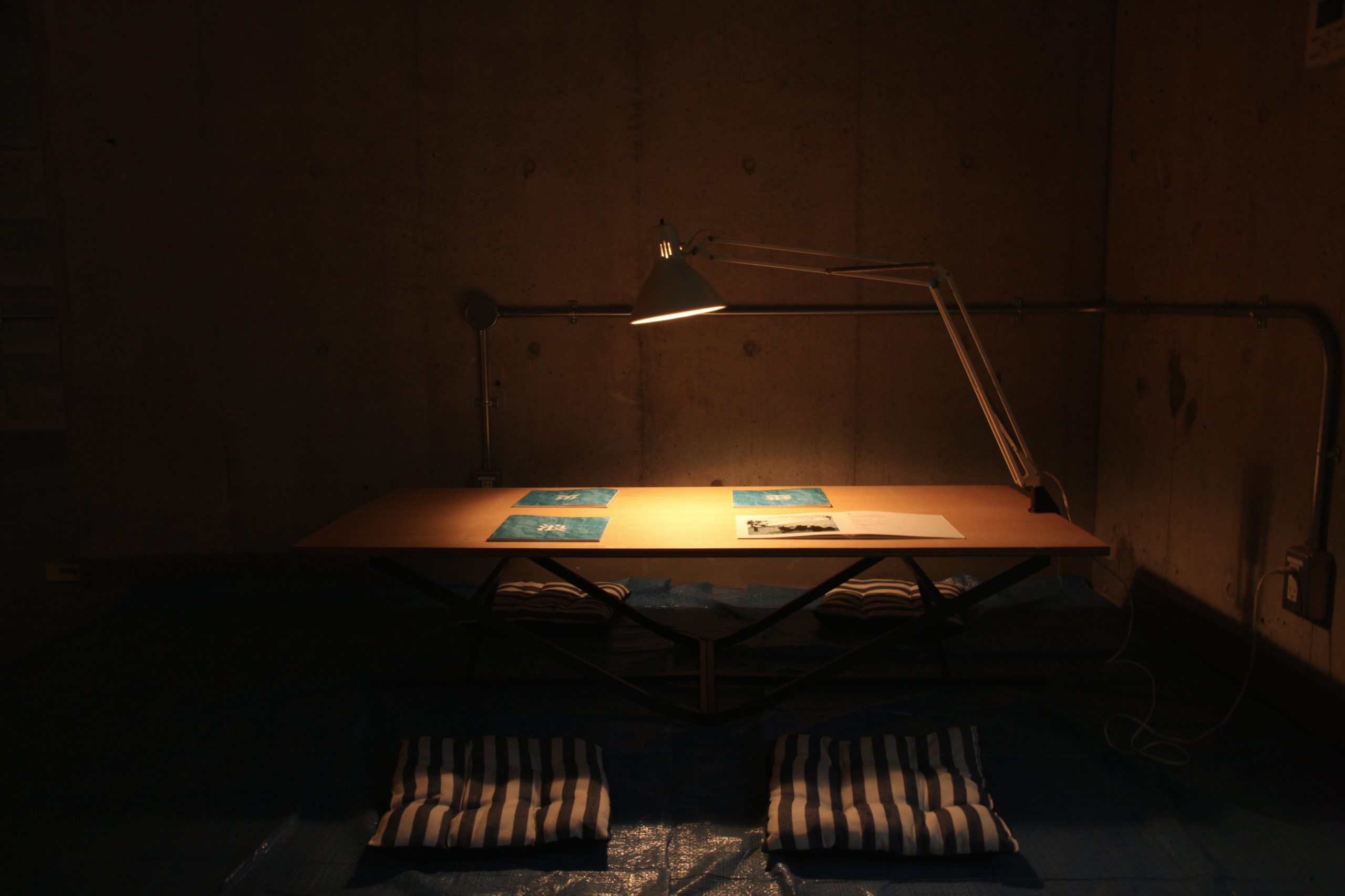Tokyo Blue Tarp departed from a focus on Tokyo’s non-‚instagrammable’: the ubiquitous yet invisible materials that enter the sphere of social media by accident, if at all. Blue Tarp is one of the most prominent materials of this kind: it’s so naturally interwoven with the cityscape its bright blue color seems like some sort of camouflage. Yet this material has a long history and meant a caesura on many levels when it was introduced to Japan in the 1960s. Originally a material to cover trucks in an orange color, it soon evolved and expanded its applications to construction, disaster relief, police work, homeless shelters, and hanami, among others. Its characteristic blue color soon coded it a highly recognizable symbol. The material woven from Polyethylen fibers is valued for its affordability, durability, lightness, flexibility, and foldability. However, all of the functions carried out by the tarp today have previously been performed by other objects or materials, or arose due to increasing standards and altered lifestyles as an aftermath of the developments of the second half of the 20th century. Blue tarp stands for industrialization, mass production and the oil-based economy. The discussions during the exhibition resulted in thoughts how this project could be further developed: actual social media appearance, a further investigation of ‚invisible’ materials and a reading of the city according to a color code were considered.22
